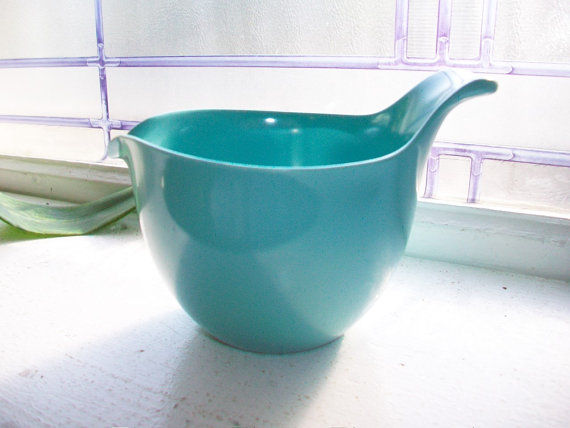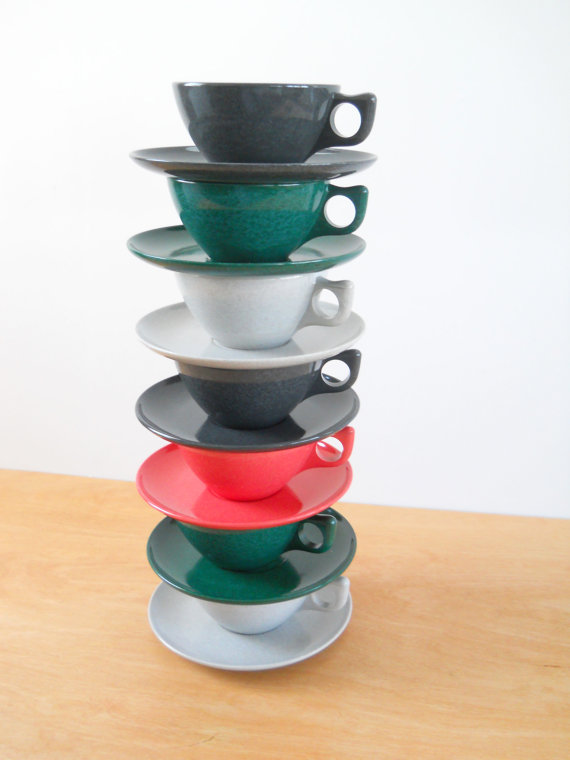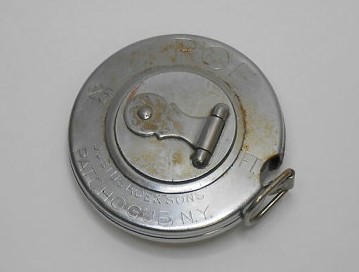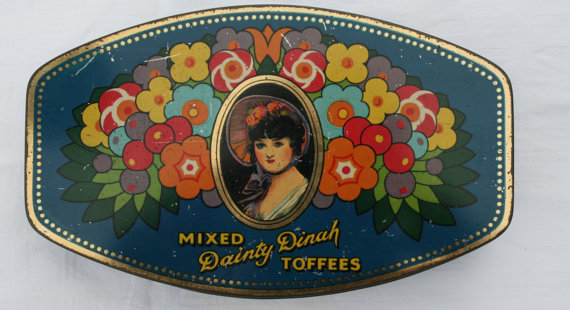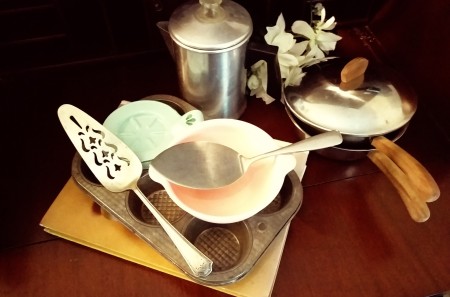Take a look at this awesome bunch of stuff I got at a recent estate sale in Portsmouth, NH. An older couple was downsizing. I didn’t get there until the second day, which was ok with me since the best deals are on the last day. I got some curtain ties that I found out were repros so I can’t put them in my shop. I can definitely use them around my house, though, so no big loss there. Also found a cool old tin from the 1940s and a pretty tin bowl designed by Daher.

But can you see those yellow and green dishes in the picture? Those are lacquer ware by a company called Davar. This made me start thinking about lacquer ware in particular. So I had to research where this process came from. Come on along and let’s find out.
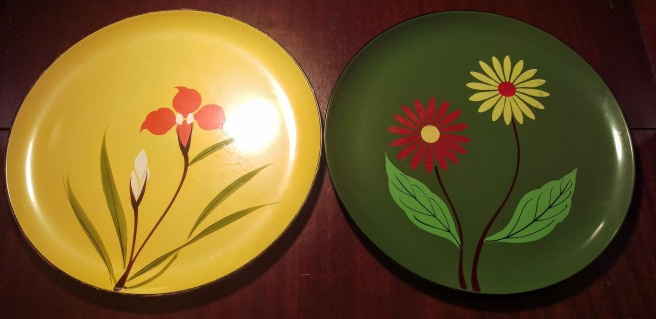
The Cultural China website states that lacquer ware items have been unearthed from Neolithic remains (475-221 B. C.). That’s quite awhile ago. Encyclopedia Britannica says that the word lacquer comes from the word lac which is a sticky resinous substance.

The lacquer from China, Japan and Korea is made from the sap of the Rhus vernicifera also known as the Japanese Lacquer Tree. But the lacquer of Myanmar is made from the scale insect Laccifer lacca. Other lacquers are apparently made from other gums and resins (Encyclopedia Britannica).
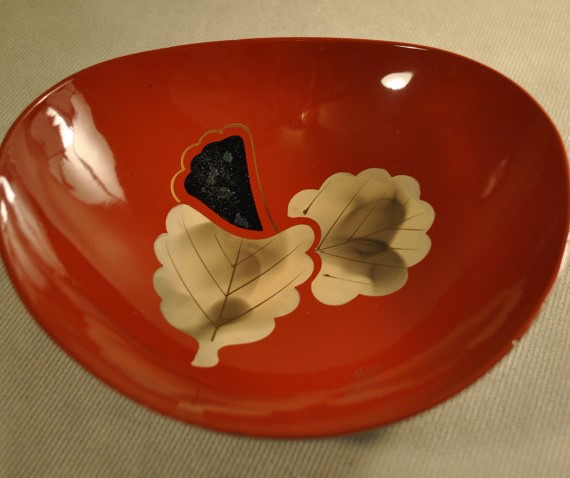
In East Asia, the Japanese Lacquer Tree is tapped at about 10 years old and the sap is collected and purified. They collect the sap from June to September. When exposed to air, the sap turns yellow-brown and then black. It is heated to evaporate extra moisture and put in air-tight containers (Encyclopedia Britannica).

Encyclopedia Britannica goes on to tell us that lacquer achieves its maximum hardness when moisture is present. So after an item has been lacquered, it is put in a box with moisture to cure. Lacquer is usually applied to wood, but porcelain, brass and other metal alloys have been used.

The process takes awhile as each thin coat of lacquer has to dry and is sanded or smoothed before the next coat is added. It can take upwards of 18 days before the item is even ready to decorate.

The Japanese added gold or silver flakes to their lacquer (a process called maki-e) which, when polished down, showed through.Various shells for mother-of-pearl were used, also. The lacquer, when it solidifies, waterproofs the item and can protect it from mildew. Kyoto Guide says it also provides protection from acidic substances. There are many different techniques for application and decoration.

It seems as though one of the few enemies to lacquer is prolonged exposure to direct sunlight. It will cause the lacquer to break down over time. So don’t leave your nice lacquered pieces in the window! The other enemy is soaking it for long periods of time. Don’t soak, wash with a damp cloth.

Also, don’t put it in the dishwasher. I don’t have a dishwasher, but even if I did, there are some things that a dishwasher destroys due to the excessive heat. Old Pyrex is something you don’t want to put in the dishwasher either.

Lacquer Ware is actually a very important industry in Japan. The process is time consuming, as well as technically difficult. To be a lacquer master is a high achievement.

I hope you have enjoyed learning a little about lacquer ware and have had a chance to check out some of the items in this post. I love hearing from my readers, so leave me a comment if you get a chance!
I am partying this week at Adirondack Girl @ Heart!
Follow my blog with Bloglovin!




